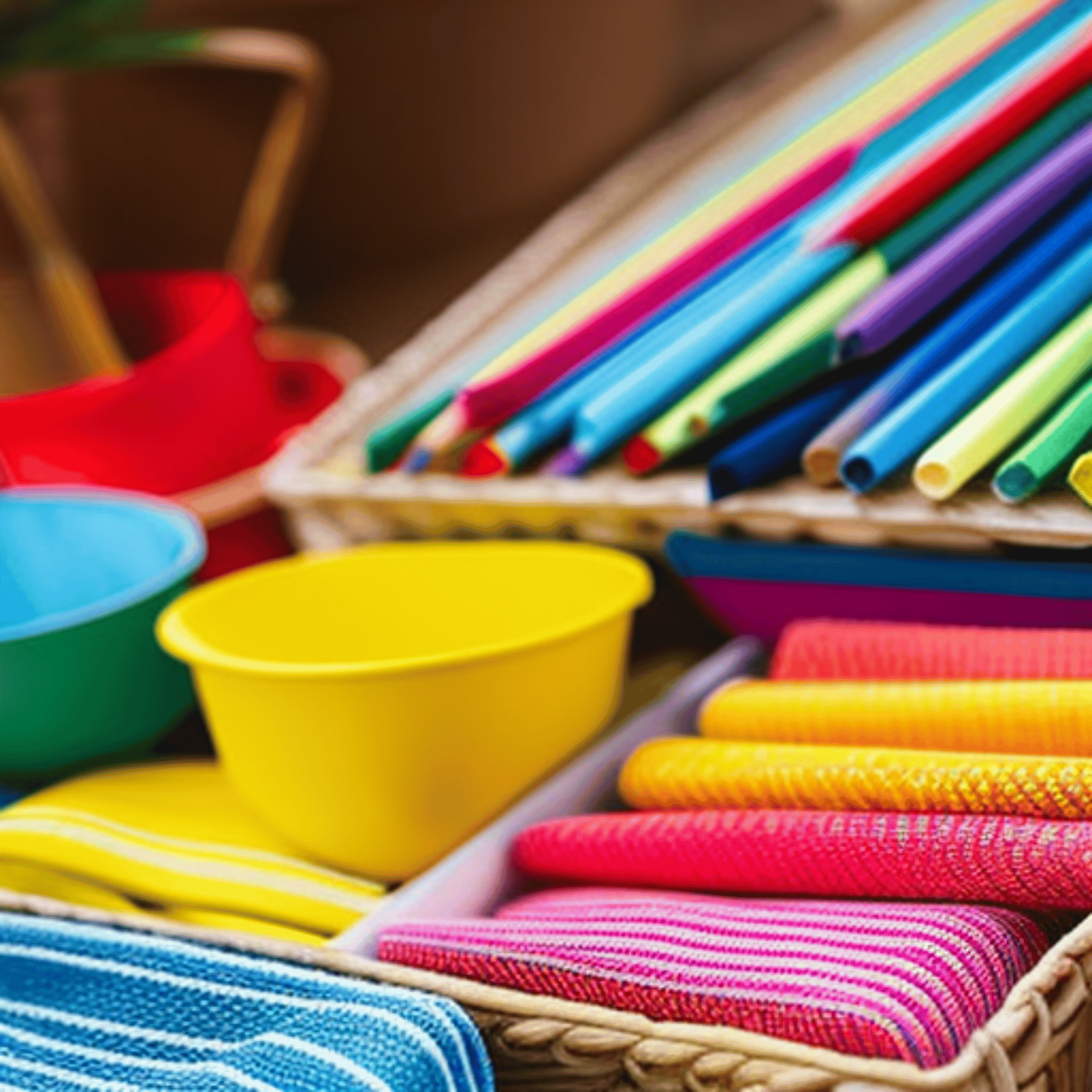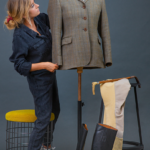Are you tired of buying mass-produced items that lack character and charm? Do you want to express your creativity and make something unique? Look no further than DIY projects and crafting! With just a few supplies and some inspiration, you can create something beautiful and functional that reflects your personality and style.
Types of DIY Projects and Crafting
There are many different types of DIY projects and crafting, each with their own set of skills and techniques. Some popular types include woodworking, sewing, paper crafting, and painting.
Woodworking involves using tools to shape and carve wood into a variety of items, from furniture to decorative objects. Sewing involves using a needle and thread to create clothing, accessories, and home decor items. Paper crafting involves using paper and other materials to create handmade cards, scrapbooks, and other paper-based projects. Painting involves using various types of paints and brushes to create works of art on canvas, paper, or other surfaces.
Steps to Starting a DIY Project
Before beginning a DIY project, it’s important to do some research and planning. Here are some steps to get started:
Research: Look for inspiration and ideas online or in craft books and magazines. Check out tutorials and videos to learn new skills and techniques.
Gather Supplies: Make a list of the supplies you’ll need for the project. This may include materials such as wood, fabric, paper, paint, or tools such as a saw, sewing machine, or paintbrushes.
Plan the Project: Create a plan or sketch of what you want to create. Break the project down into steps and decide what order to complete them in.
Execute: Once you have your supplies and plan in place, it’s time to start creating! Take your time and follow your plan step by step.
Common Mistakes in DIY Projects and Crafting
While DIY projects and crafting can be rewarding and fun, they can also be frustrating if you make some common mistakes. Here are some things to watch out for:
Not Measuring Properly: Accurate measurements are crucial to the success of a DIY project. Be sure to measure twice and cut once to avoid mistakes.
Skimping on Supplies: Cutting corners on supplies can result in a project that looks cheap or falls apart quickly. Invest in quality materials for the best results.
Not Allowing Enough Time: DIY projects can take longer than expected, especially if you’re learning new skills. Be sure to set aside enough time to complete the project without rushing or cutting corners.
Tips for Completing DIY Projects
To ensure success and satisfaction with your DIY projects, consider these tips:
Set a Realistic Timeframe: Be honest with yourself about how much time you can realistically devote to the project. If you don’t have enough time, break the project down into smaller, more manageable tasks.
Keep Track of Supplies: Keep your supplies organized and in one place to avoid losing or misplacing items. Label containers and keep a list of what you have on hand.
Ask for Help When Necessary: Don’t be afraid to ask for help from a friend or family member who has experience with the type of project you’re working on. They can offer guidance and support to help you succeed.
Conclusion
DIY projects and crafting offer many benefits, including the satisfaction of creating something with your own hands, the ability to personalize your creations, and the opportunity to learn new skills. With a little research, planning, and patience, you can create beautiful and functional items that reflect your personality and style. Remember to measure carefully, invest in quality supplies, and set aside enough time to complete the project without rushing. And don’t forget to ask for help when you need it. Happy crafting!





